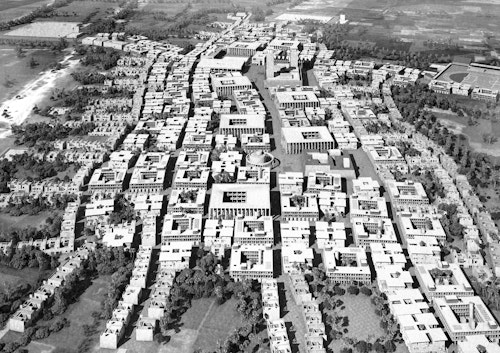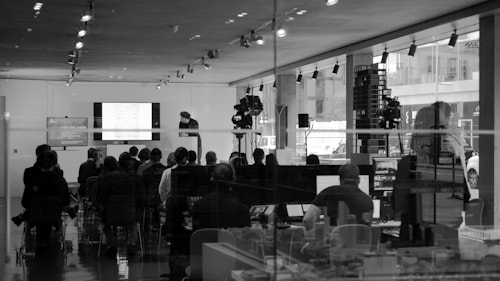/ Citymakers - Pragmatics of The Picturesque: In Theory and Practice
Exploring its chequered past, how pragmatic can the picturesque really be in placemaking of the future?
Our tripartite autumn conference this year sought to explore how the ideas and strategies of the picturesque movement might be relevant to contemporary conditions. The picturesque concern with intrigue, delight and character have been an influence on the urbanism we practice. The first session is an introduction to the picturesque in both theory and practice. It takes a look at its history and how some principles surface more consciously than others.
Professor John Macarthur from the University of Queensland and the author of The Picturesque: Architecture, Disgust and Other Irregularities joins us virtually to open the conference. He takes us on what he describes as 'more a history of ideas that of buildings,' describing the origins and early development of the concept, outlining two opposing takes on the picturesque's ambiguity, its ties to complex and problematical political positions, its use in propaganda in the Second World War and during the Cold War. It was used as both a tool to promote a British 'native genius', but also as a representation of freedom and resistance from dictatorship. He brings us up to the present day, drawing parallels with the contemporary study of Englishness and current politics, as well as reminding us of the often-forgotten Modernist links to the picturesque.
Alfredo Caraballo looks at how the picturesque has shaped Allies and Morrison's design approach. He starts with the origins of the practice, to the Edinburgh mound project by Bob Allies and Graham Morrison, illustrating a common thread that continues today. Introducing a range of examples of shaping and crafting the city, Alfredo explains how they incorporate picturesque principles while remaining inherently pragmatic. From the fascination of geometry to designing through experience; crafting movement networks and the legibility of urban spaces, Alfredo reflects on the irregularities of sites and contexts and how these have influenced the design of masterplans like King's Cross.
A seeming contradiction of 'a fine mess', the careful balance between formality and informality, is one that is much enjoyed by the practice. Sharing a continued fascination with how these components come together, and the layering and accumulation of architecture in the evolution of cities, he concludes with the question, 'can cities really be planned?'

